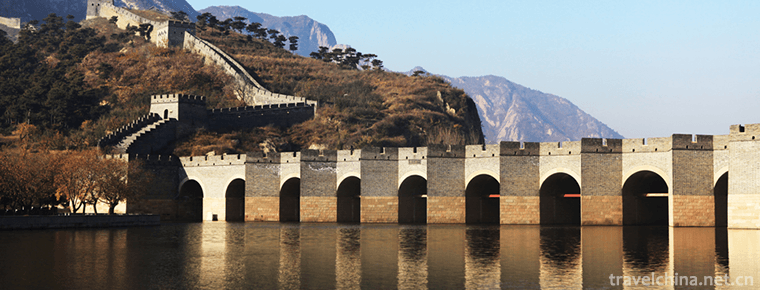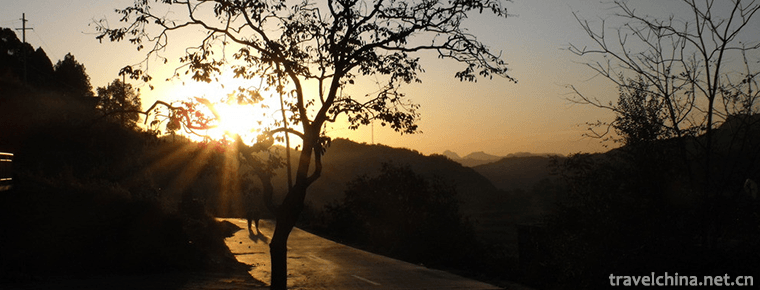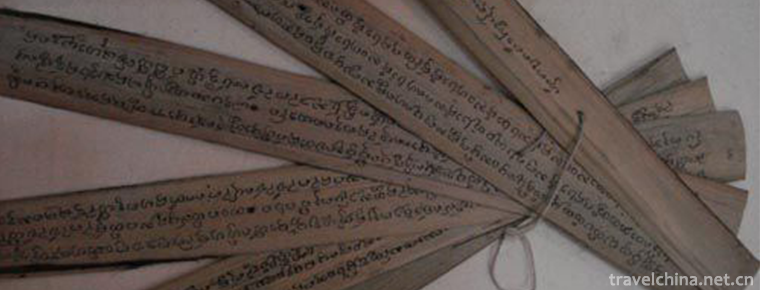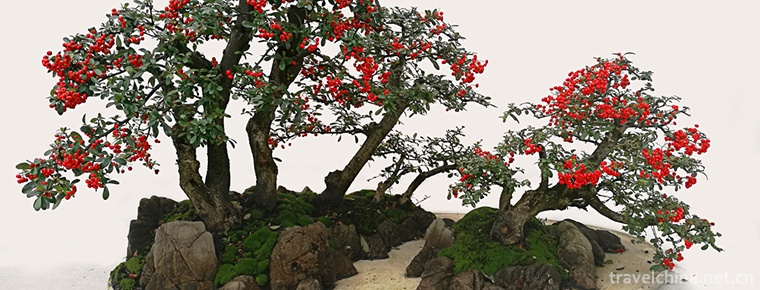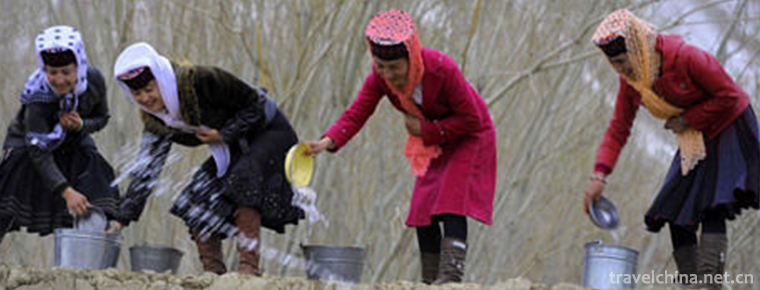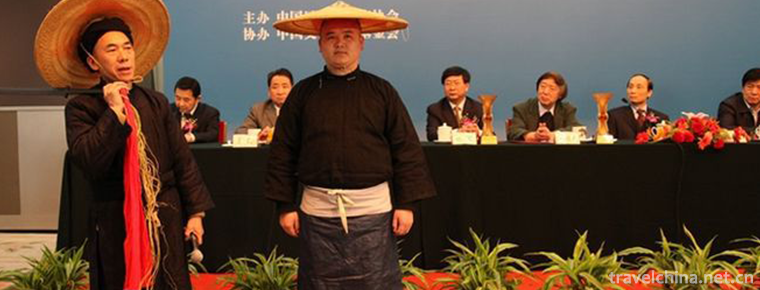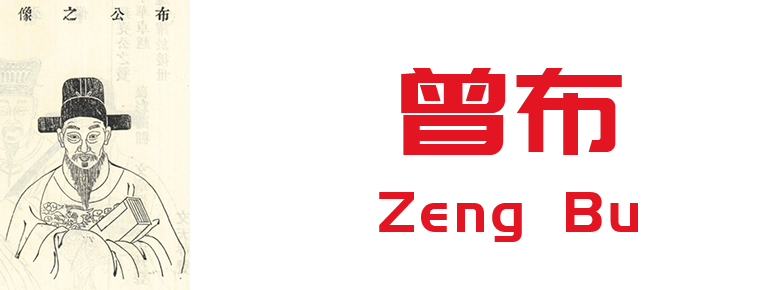Guanyin Pavilion
Guanyin Pavilion
Guanyin Pavilion, Ezhou, Hubei
Stand on Ezhou The city's Xiaodong gate dike overlooks the Yangtze River, and a huge reef stands in the center of the Yangtze River. Long pan Ji " It is also known as "Wanli Changjiang first Pavilion".
brief introduction
Hubei province Ezhou The city Guanyin Pavilion is 24 meters long and 14 meters high. It is made of red stone brick and skillfully integrated with dragon pan. It looks magnificent and magnificent. For thousands of years, it has weathered the wind and frost to survey the Yangtze River. Every flood season, the water overflows the pavilions, leaving only high-rise windows, or even the eaves, dragons, and kiosks in the vast Yangtze River. How many buildings and buildings were swept away by the billows of great waves? However, "the mainstay has a Panlong" (Qing Dynasty official Poetry). Once the flood season was over, it came out again, and it came out again. According to legend, Sun Quan made the capital of Wuchang. Ezhou Before, Huang Long Pok on the base, accumulated the Japanese side, so it is also known as "Panlong stone". Panlong stone looked West, and covered with a layer of dense smoke, like a mirage. What is more wonderful is that a boat shaped ancient pavilion is suddenly above the dragon head, empty and dangling across the river, which is breathtaking. Ezhou Guanyin Pavilion Also known as the Dragon Poji temple, was listed in 2006. The Sixth Batch of national key cultural relics protection units Guanyin pavilion was built in Song Dynasty and Yuan Dynasty. Correct Reconstruction in five years (1345) was repeated many times in Ming and Qing Dynasties. The pavilion sits East and West, reefs on the rocks and sets up the pavilion on the stage. The existing hall, the Guanyin hall and the three Hall of Lao Jun hall, the pure Yang building and the Guanlan Pavilion. Ten thousand li Yangtze River, the risk is called the natural chasm, rises Bashu, down to Wusong Only Ezhou Guanyin Pavilion It is just like a mainstay, with its momentum. It is also known as "Wanli Changjiang first Pavilion".
Scenery
There are three vigorous characters in the wall of the pavilion. The four characters of "long Pan Xiao Du" carved on the stone tablet of the main entrance of the Imperial Palace are written in the official script of the Qing Dynasty.
From west to East, the pavilion is Guanlan Pavilion, Dongfang Shuo Dian, Guanyin hall, Lao Jun hall and Chun Yang building. On the Guanlan Pavilion, overlooking the river, Shengjing and Hong Hong; in the three great hall, looking forward to the past, the article is shining. On the upper floor of pure Yang, Lu Dong Bin is burning to sleep, and the visitor is here. He never stops holding his breath. He smiles in his heart. So, in this Penglai fairyland, is this only the right thing to do?
The half of Guanyin is like the arc stone of the same boat, which not only slows down the water potential but also flows out of the river, allowing the river to slap and growl, always in Taishan. In ancient Ezhou, the craftsmen used fantastic fluid mechanics and unique styling art. Several ancient trees on the stone wall have been withering away for many years. In recent years, they have come back to life. They are spreading new shoots of tender teeth and embracing spring. The old well in the pavilion is clear from the ancient times, and the water level is much higher than that of the river. This old well, old tree and God turtle eye are called "three interesting" of Guanyin Pavilion.
structure
The Guanyin Pavilion is located in the east facing west, 14 meters high and the base 1 meters thick, with 60 long, 20 wide, and 25 centimeter thick stone blocks.
The pavilion is built of red stone brick. It is a typical wooden frame pavilions. The walls of the pavilion are engraved with three vigorous characters.
The stone inscriptions on the main entrance of the entrance hall are inscribed with four characters: "dragon Pan Xiao Du" written in Qing Dynasty official script.
There are three pavilions and two pavilions in the pavilion, with a total area of more than 300 square meters, from west to East. Kanran-tei Dongfang Shuo Dian, Buddism godness Guanyin Temple , Laojun Temple And Chun Yang Lou.
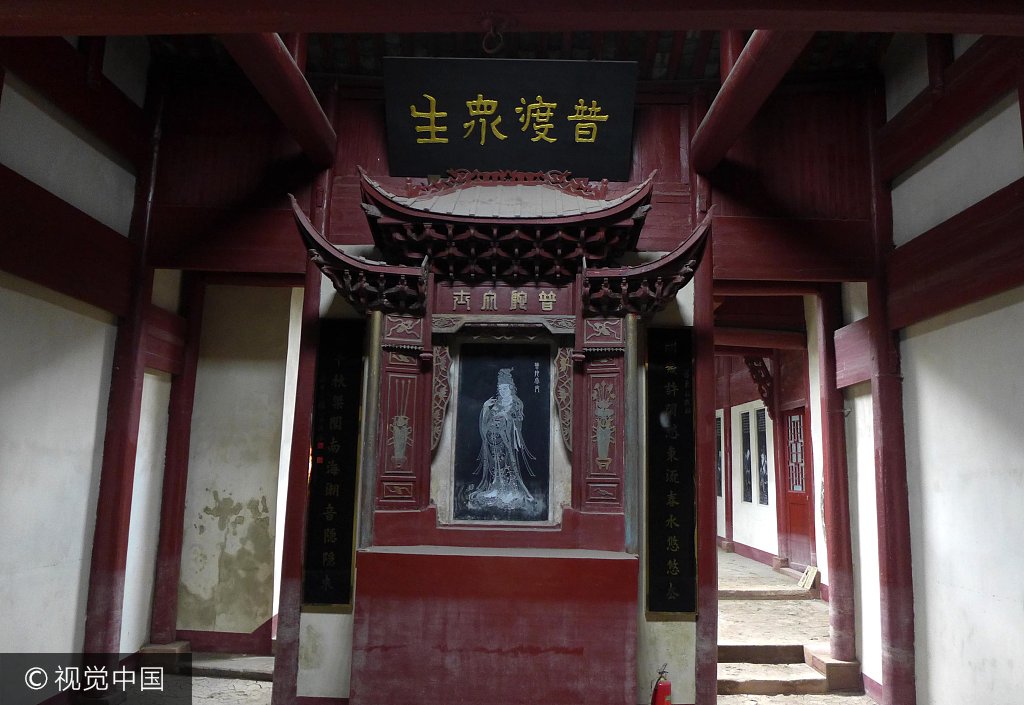
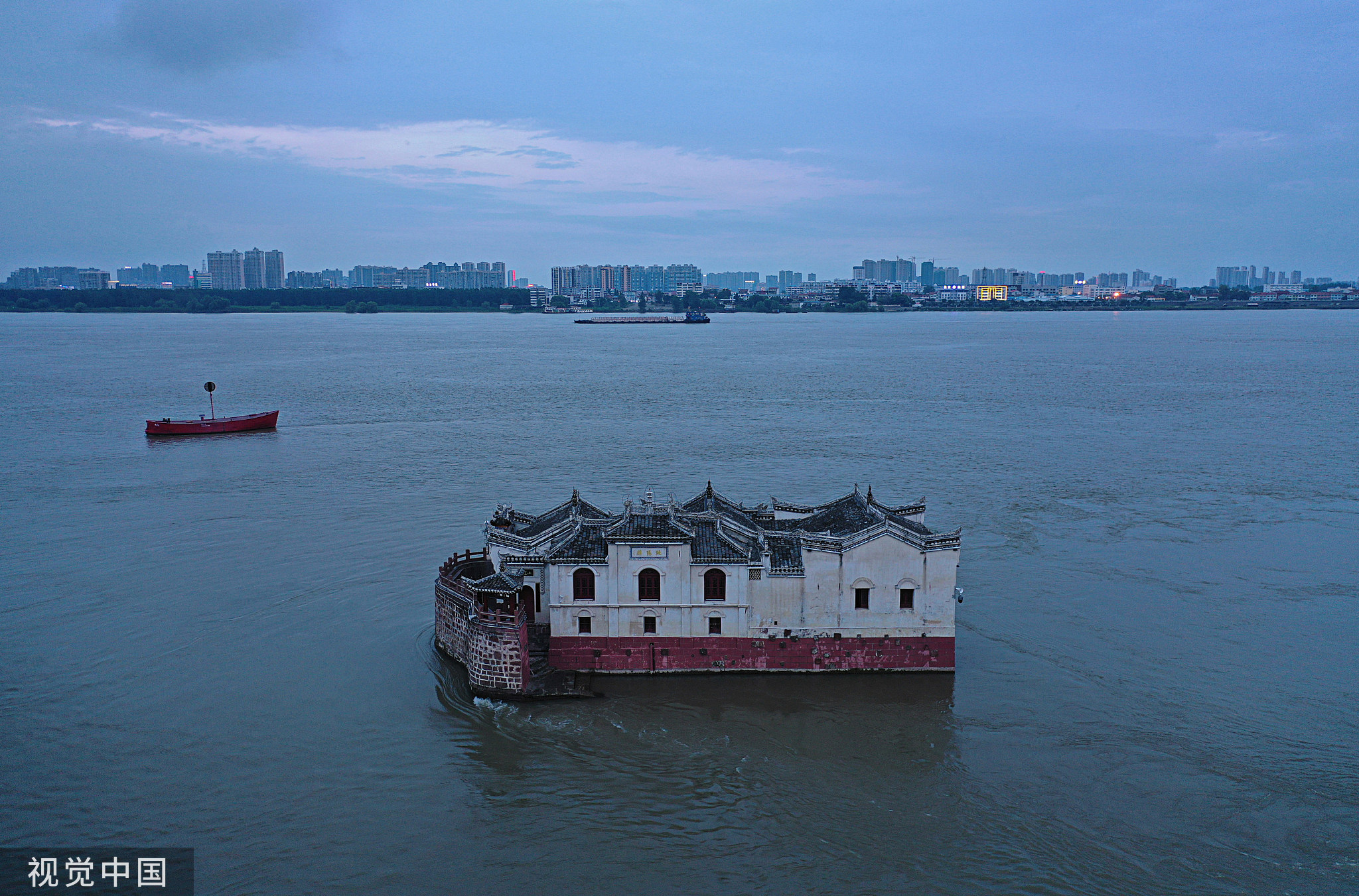
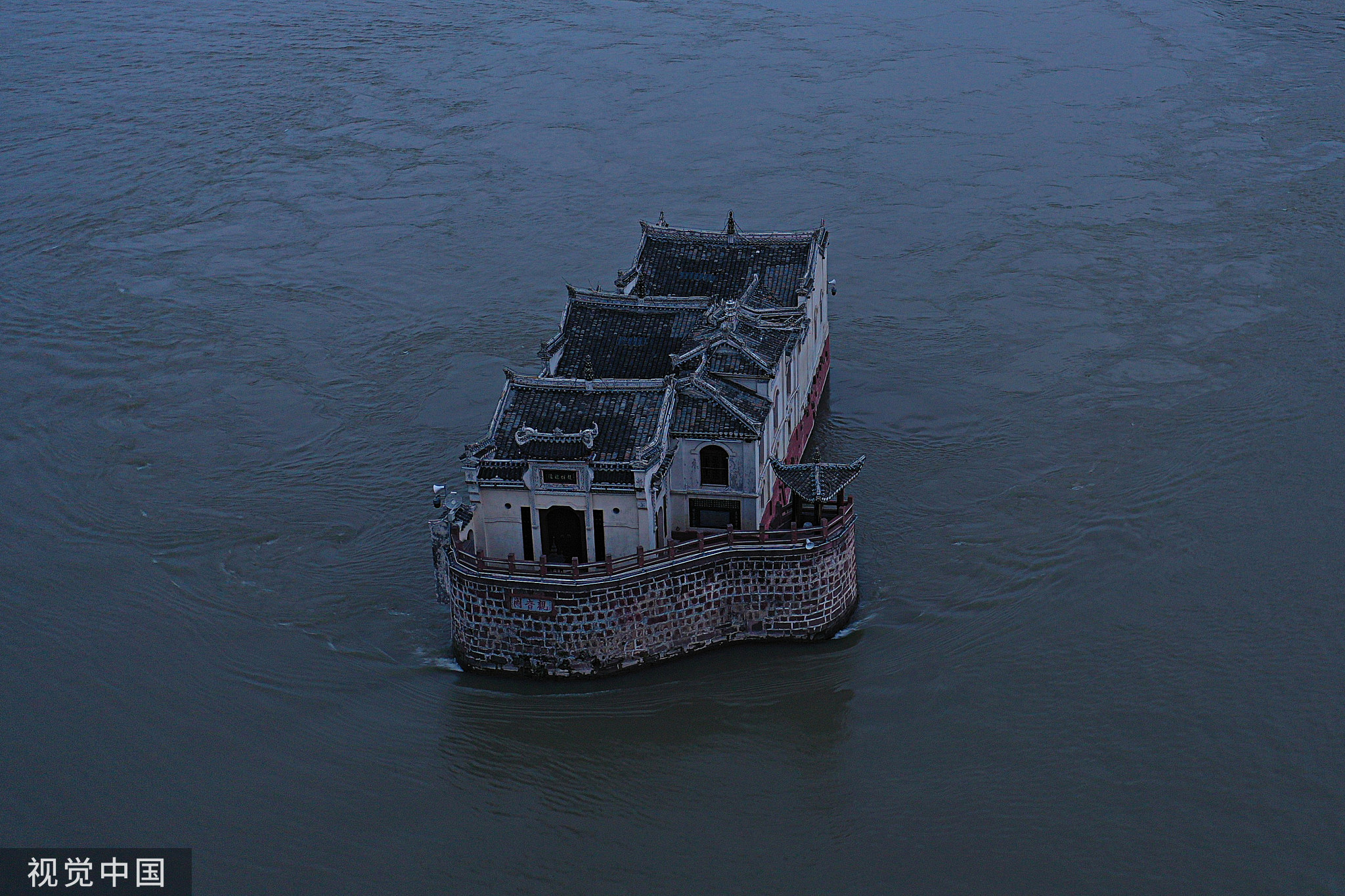
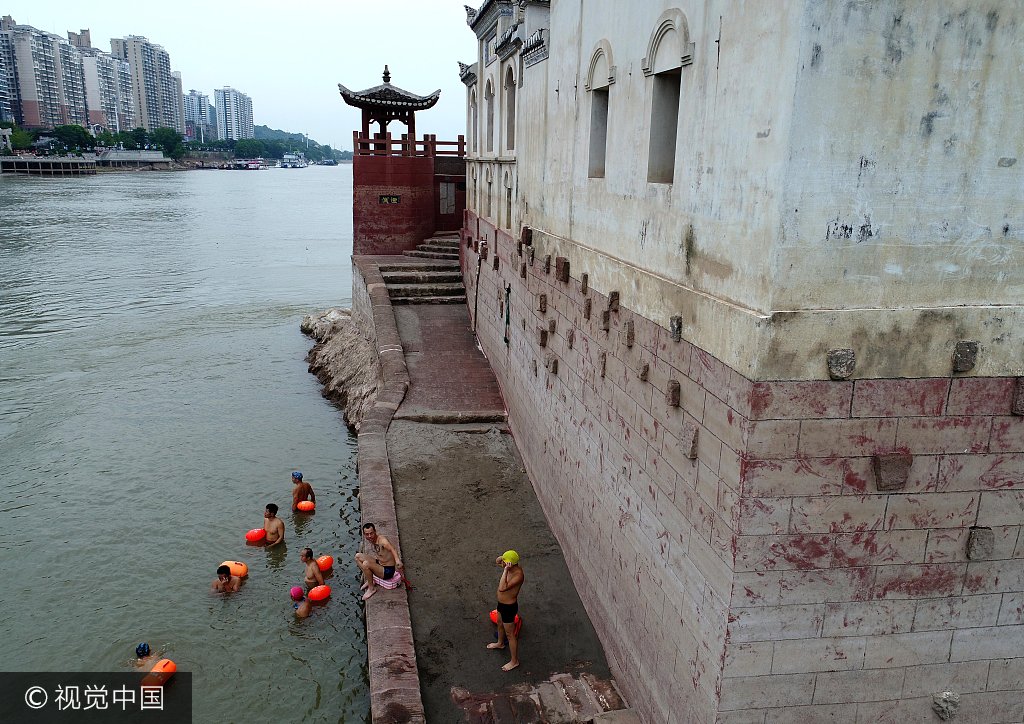
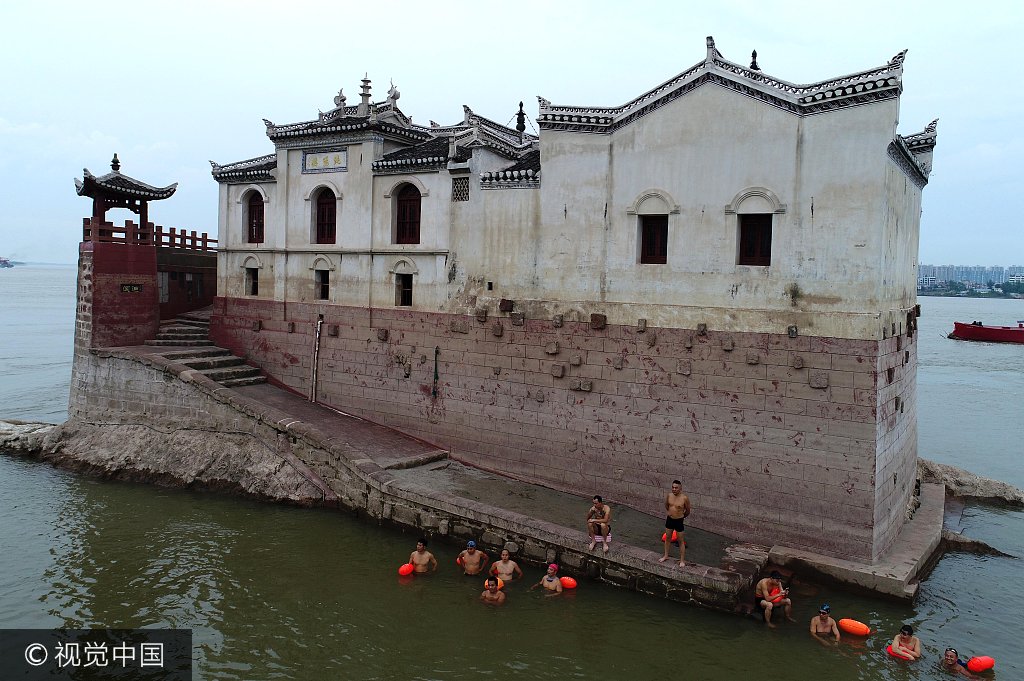
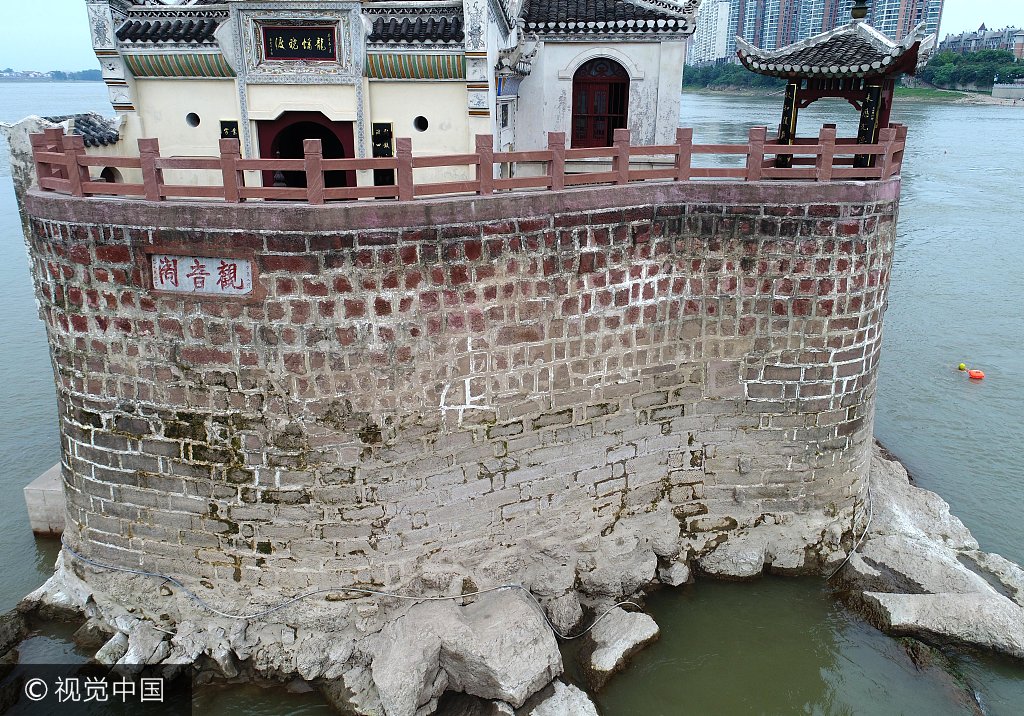
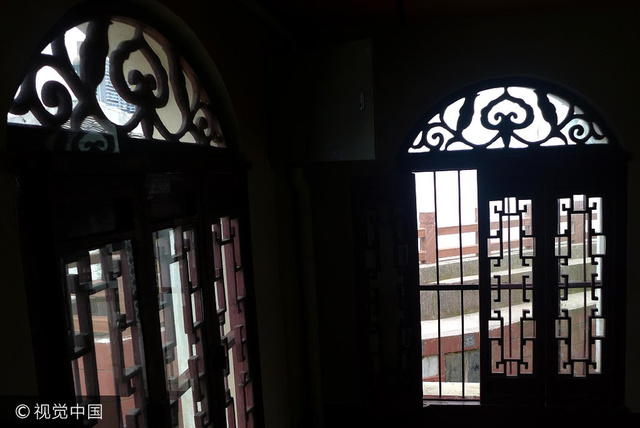
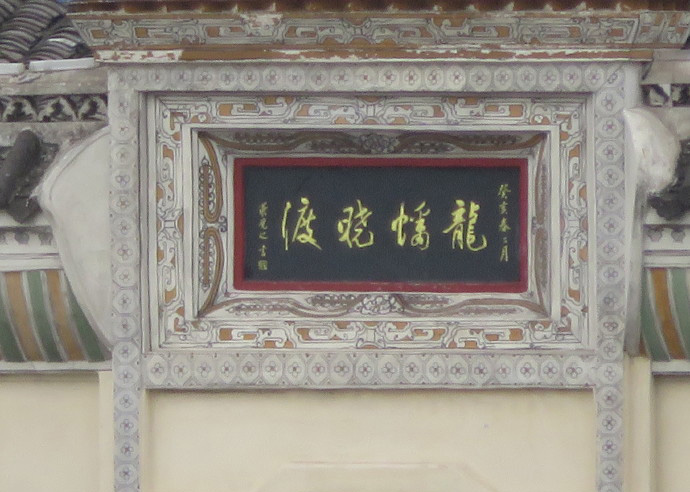
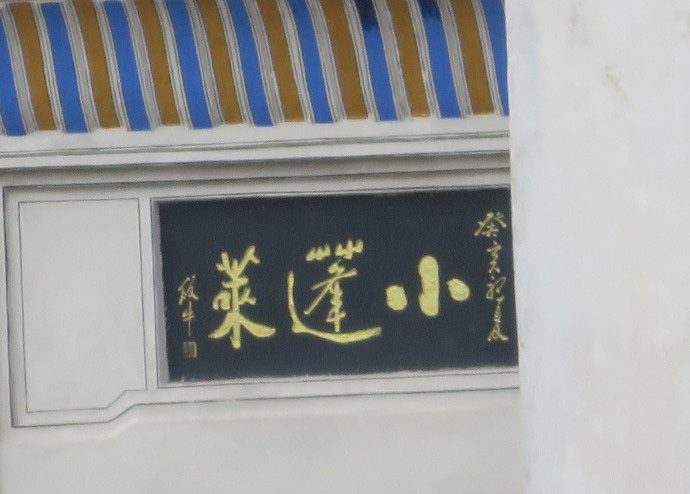
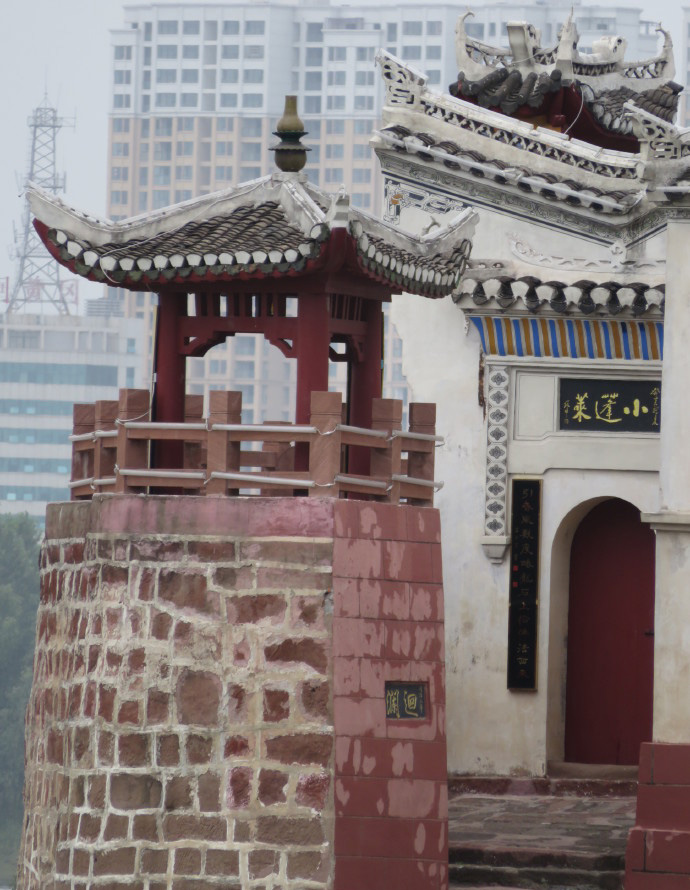
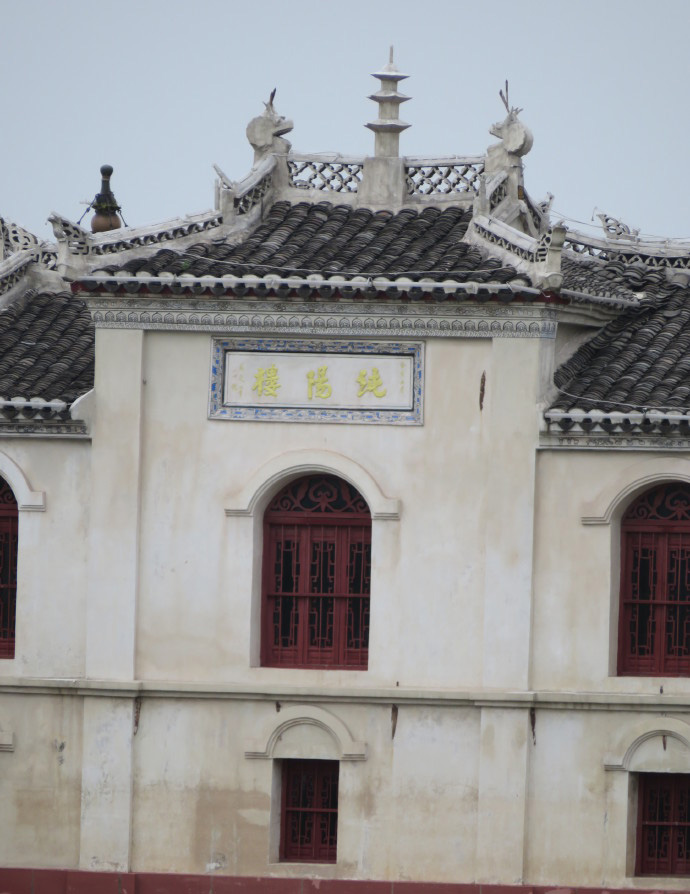
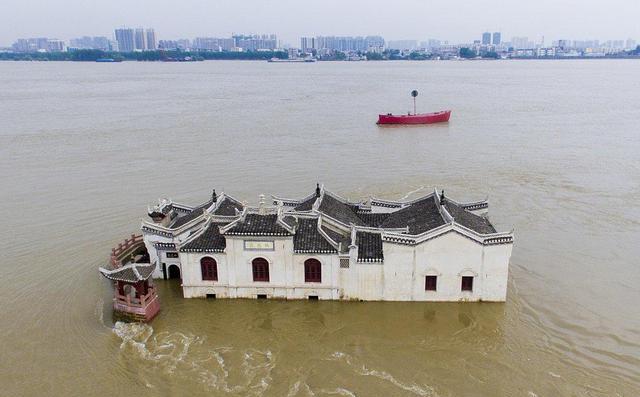
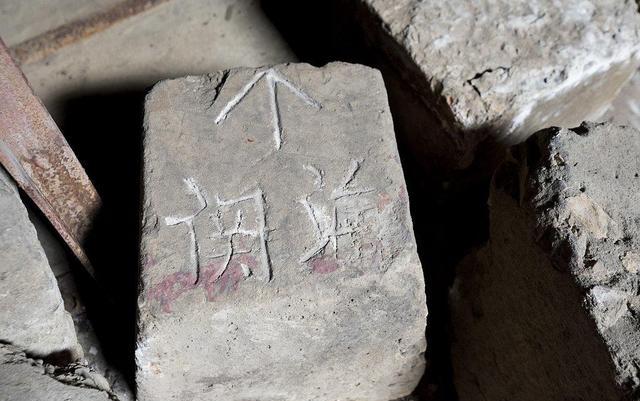
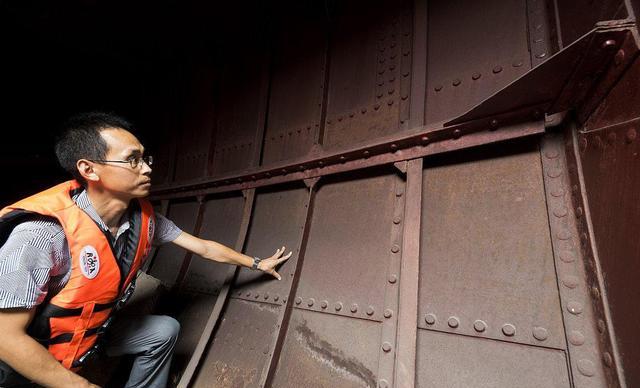
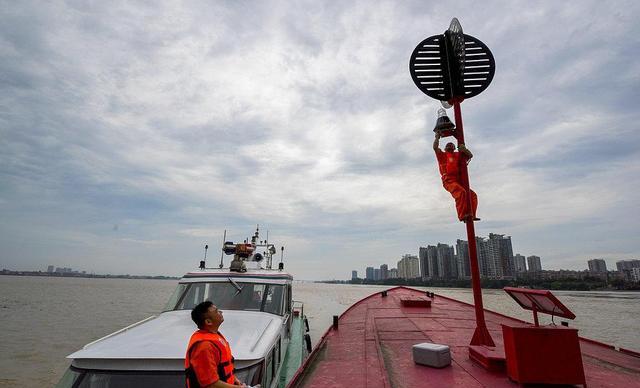
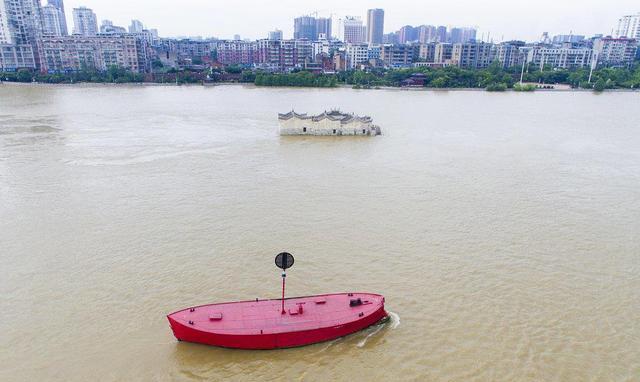
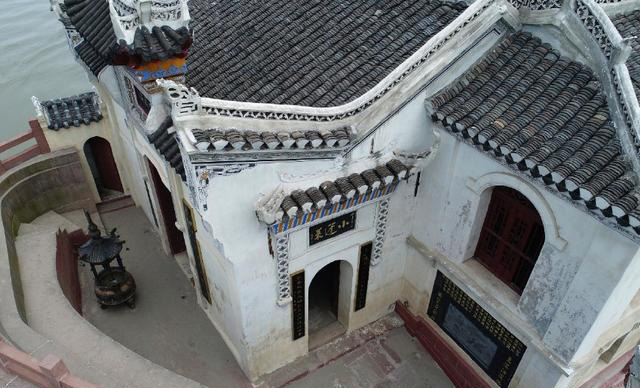
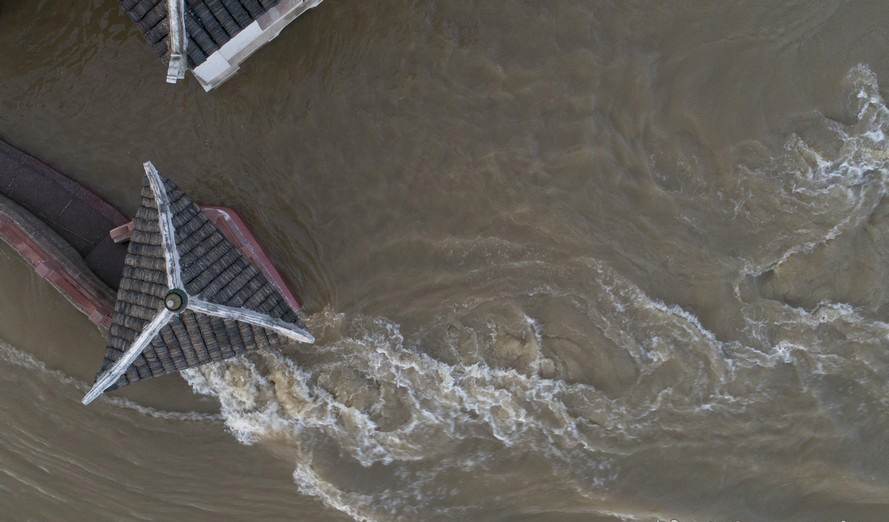
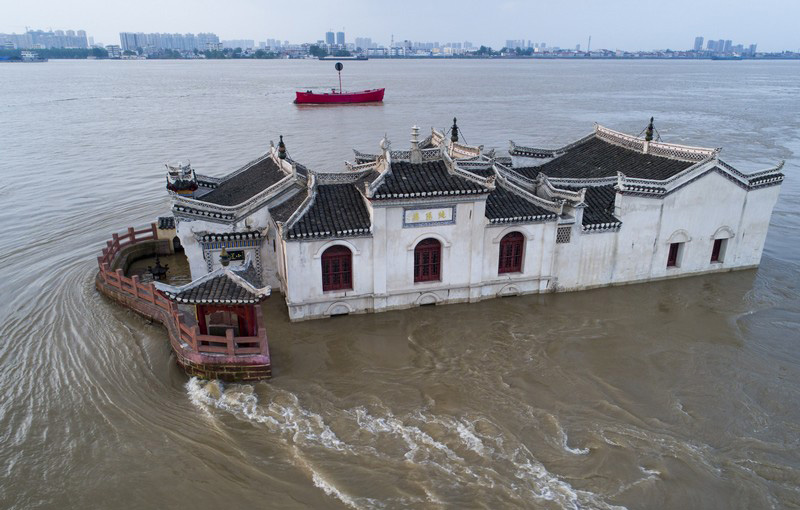
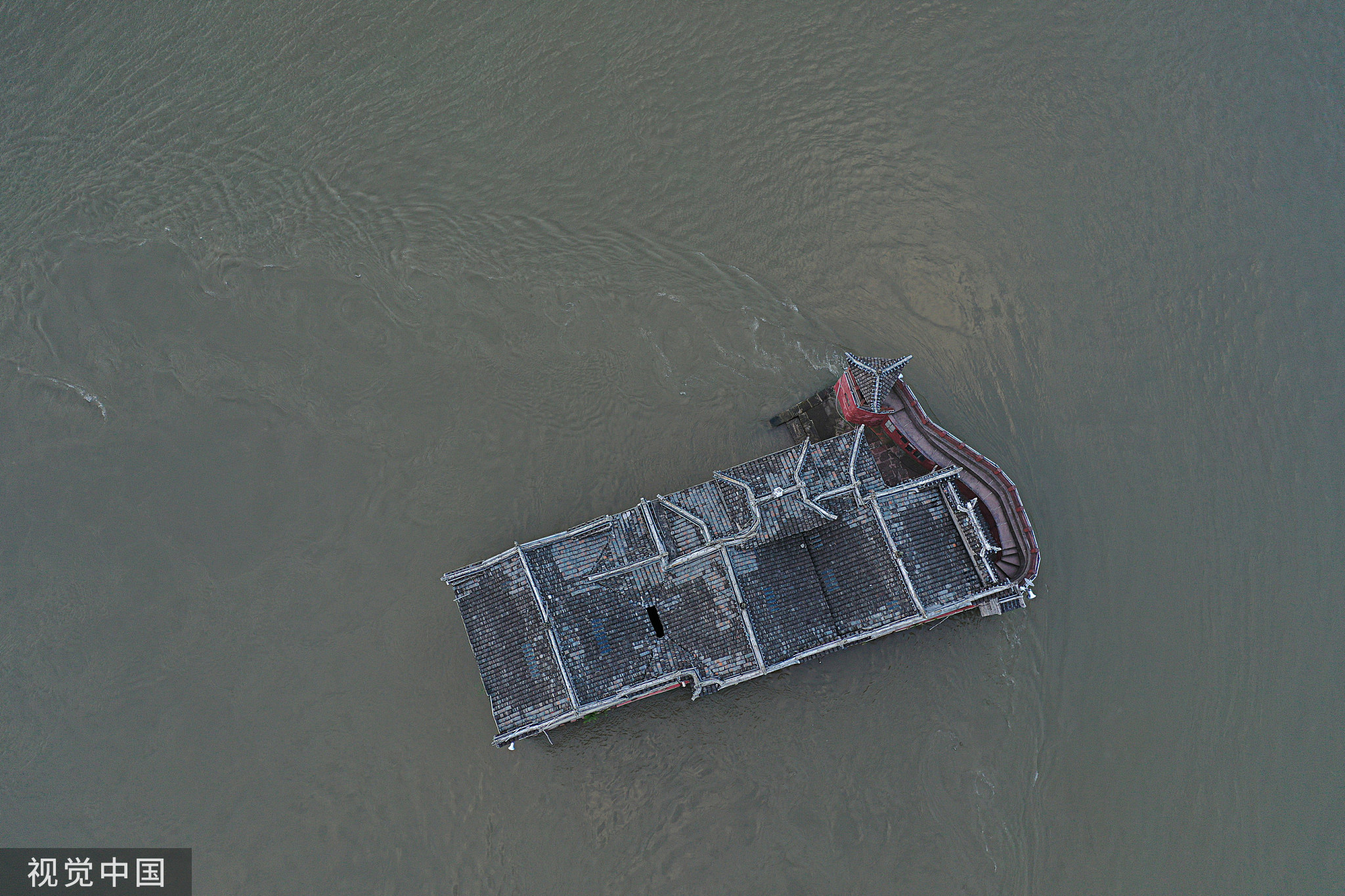
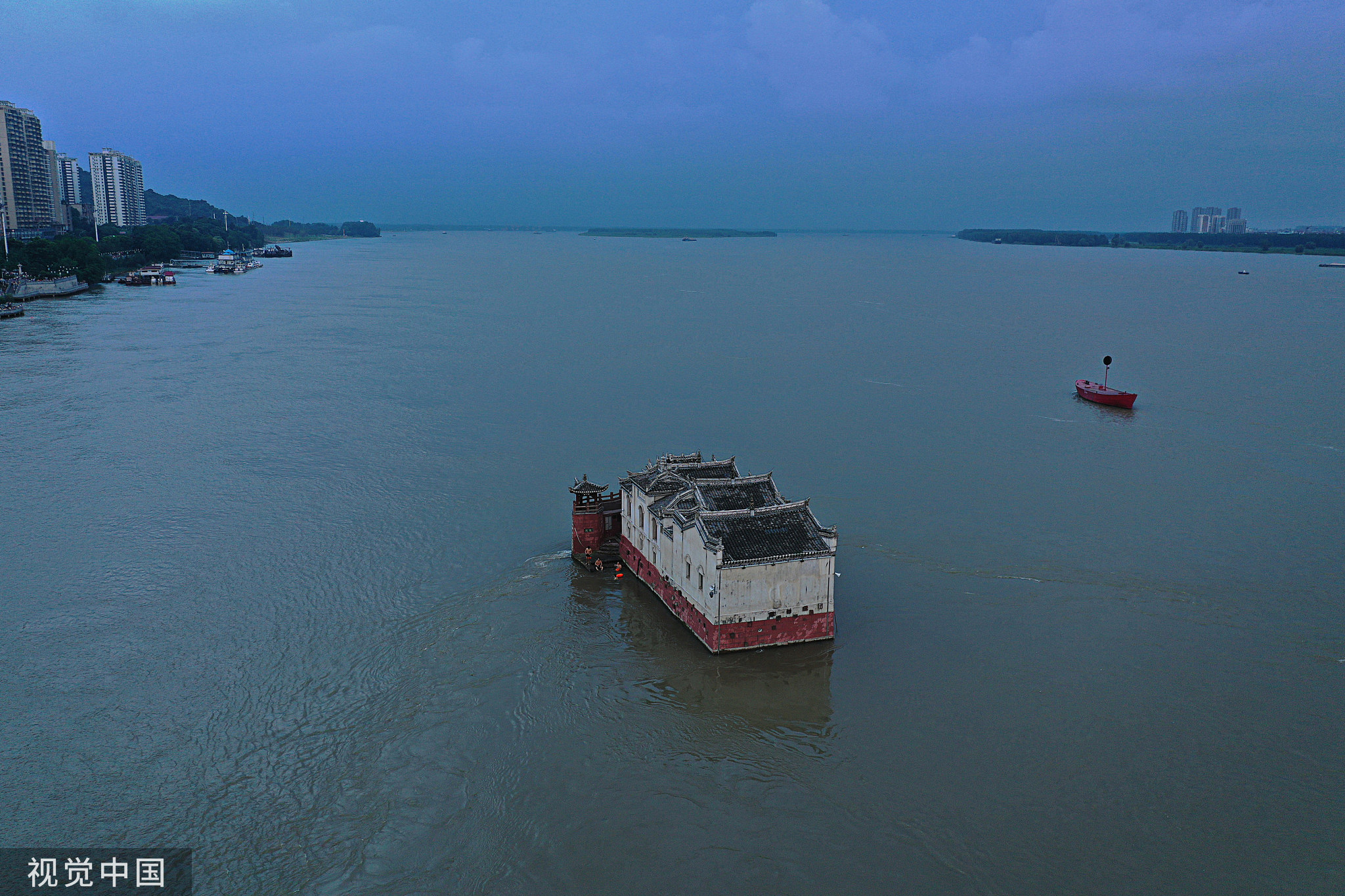
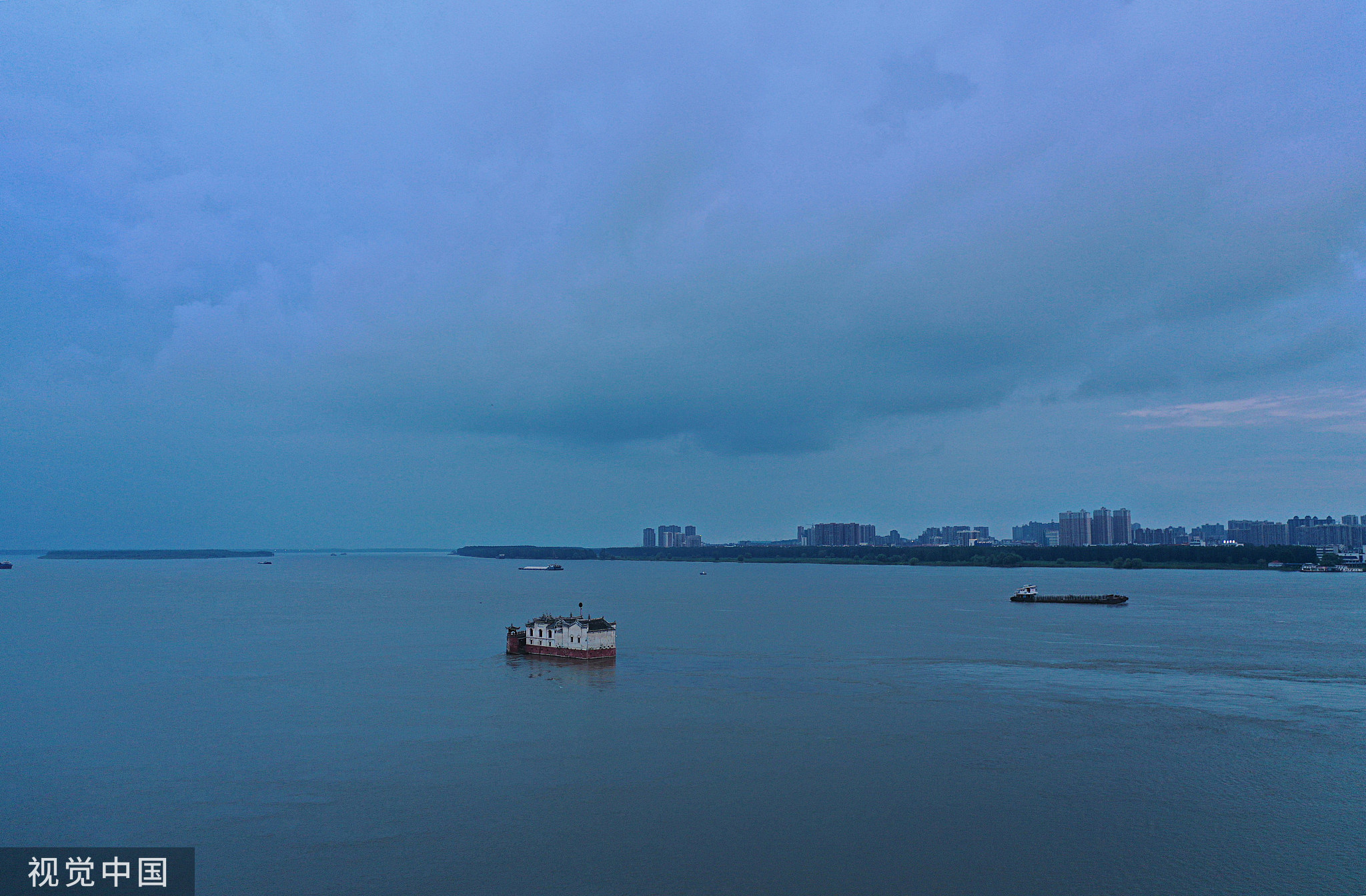
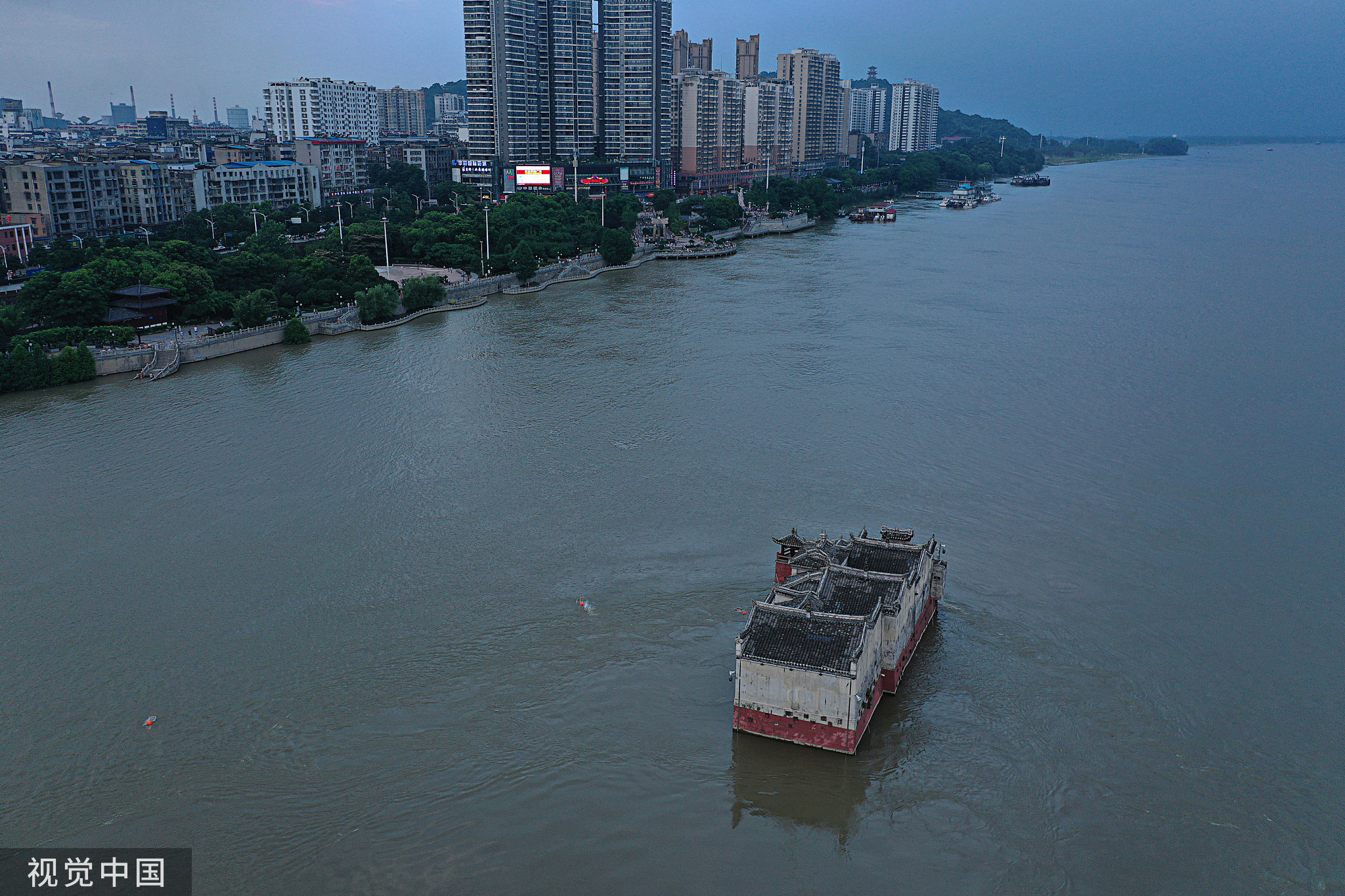
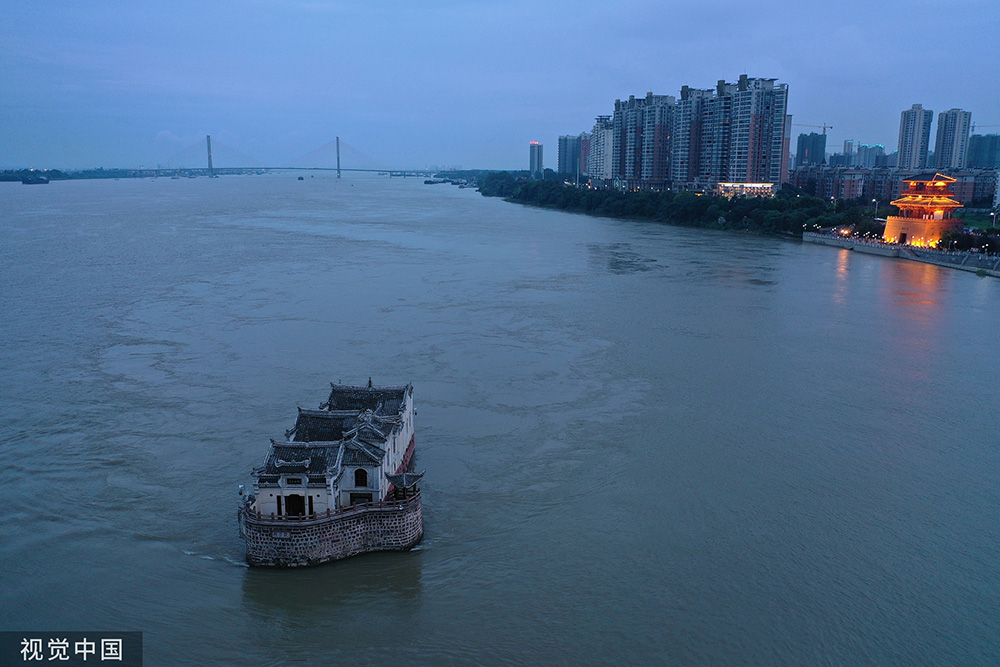
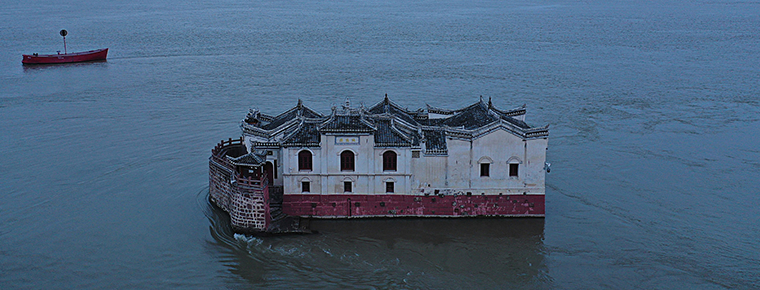
Guanyin Pavilion
-
Shanghai Wildlife Park
Shanghai Wildlife Park, located at 178 Nanliu Highway, Pudong New Area, Shanghai, is the first National Wildlife Park in China built by the Shanghai Municipal People's Government and the State Forestr
Views: 163 Time 2018-12-19 -
JiuMenKou Great Wall
Views: 212 Time 2018-12-22 -
Daming Palace Site in Changan City of Tang Dynasty
Daming Palace Site is located in Taihua South Road, Xi'an City, Shaanxi Province. It was destroyed in Binggong at the end of Tang Dynasty.
Views: 185 Time 2019-02-13 -
Xingtai Grand Canyon Tourist Area
Xingtai Grand Canyon is a national AAAA scenic spot, a national key scenic spot and a national geological park of China. It is located in Hejiaping Village, Luozhen, Southwest Road
Views: 279 Time 2019-02-26 -
Bay Leaf Jing Making Skills
In June 2008, the technique of making bay leaf Scriptures was listed in the national intangible cultural heritage protection list. The Beiye Sutra (Dai for "lazy") refers to the Buddhist
Views: 161 Time 2019-04-04 -
Gourd sculpture
There are two techniques for carving gourds. One is to use three kinds of special steel needles, large, medium and small, to carve the landscape, flowers and characters in the gourd
Views: 398 Time 2019-05-03 -
The technical skill of penjing
Bonsai art refers to the Soviet bonsai art, which originated in the Tang Dynasty, flourished in the Ming Dynasty, matured in the Qing Dynasty, and developed in modern times. Since the 1980s, Suzhou Bo
Views: 254 Time 2019-06-09 -
Tajik Water Diversion Festival and Seeding Festival
In Tashkurgan Tajik Autonomous County of Xinjiang, Tajik Water Diversion Festival and Seeding Festival are Tajik agricultural festivals. In Tajik, the sowing Festival is called "Hamozivast"
Views: 255 Time 2019-06-17 -
King Yalu
King Yalu is the first long Miao heroic epic in history. It is usually chanted at the Miao spiritual ceremony. It is only handed down orally and has no written record. The history of the Miao people's
Views: 176 Time 2019-07-10 -
Zeng Bu
Zeng bu (November 3, 1036 - August 21, 1107), Zi Zi Xuan, Tai Chang, son of Yi Zeng, brother Zeng Gong of Zhong Shu Shu, the Prime Minister of the Northern Song Dynasty, and the important supporter of
Views: 167 Time 2019-09-15 -
Baoguang Temple
Baoguang temple is located in Xindu District, Chengdu City, Sichuan Province, China. It is one of the Buddhist temples with a long history, large scale, complete structure and quiet environment.
Views: 135 Time 2020-11-05 -
Cuiyun corridor
Cuiyun corridor is a section of the ancient Shu Road, and also a section of Jianmen Shu Road, which is famous for its danger. Cuiyunlang, also known as "Huangbai" and "zhangfeibai" in ancient times, is located in Jiange County, Guangyuan City, Sichuan Province, and Zitong County, Mianyang City. Cuiyunlang in Jiange county has been built into a national AAAA scenic spot.
Views: 132 Time 2020-11-08

